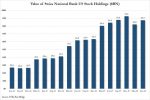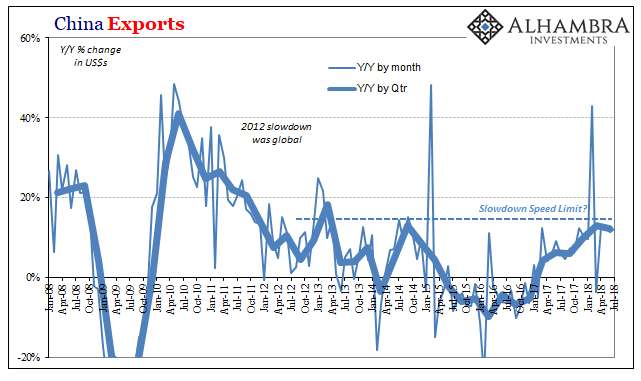Largely due to a flood of central bank liquidity, global private financial assets have grown by 61% over the seven years since the financial crisis, almost twice the growth rate of economic output, says a report from the German Insurance giant Allianz. This has boosted the wealth of those who own shares. Those relying on interest, on the other hand have seen their wealth stagnate. The report goes on to say “after seven years, a monetary policy of “more and more” appears to be reaching its limits with regard to asset prices.”

The report, which looks at 53 countries, covering around 90% of global GDP and 69% of the global population, is focused on financial assets. © Thomas Oswald | Dreamstime.com
Switzerland sits at the top with an average gross per capita financial wealth of 260,804 euros (CHF 282,450). The US, in second place with 202,489 euros, is followed by Denmark (145,111 euros), the UK (132,308 euros), Sweden (130,664 euros), Netherlands (129,698 euros), Australia (120,523 euros), Singapore (114,155 euros), Canada (113,831 euros), and Japan (108,660 euros).
Despite taking the top spot for financial debt, mainly home loans, Switzerland has the wealthiest residents after deducting what they owe, registering average net financial wealth of 170,589 euros (CHF 184,750). Again the US is second with 160,949 euros of average per capita net wealth. Of those in the top ten on gross financial wealth, only Australia and Canada slide below tenth when debt is subtracted. The UK (95,600 euros), Sweden (89,942 euros), Japan (83,888 euros), Denmark (81,293 euros), Netherlands (80,182 euros) and Singapore (79,261 euros) all remain. Australia and Canada are replaced by Belgium (85,027 euros) and Taiwan (81,242) in the top ten.
Compared to the last report, average Swiss net wealth increased by 8% from 157,446 euros to 179,589 euros. When converted to Swiss francs, at end of year exchange rates, these numbers become CHF 189,410 and CHF 184,750, making it clear that one of the drivers of Switzerland’s increasing euro-denominated wealth over the twelve months from the end of 2014 to 2015 is down to the strengthening of its currency, which moved from 1.203 to 1.083 Swiss francs to one euro.
Some progress has been made in terms of wealth distribution. Although the vast majority of the five billion people living in the countries included in the analysis still belong to the low wealth class, the percentage has shifted from 80% to 69% since 2000. The middle class now holds 5% of global net financial assets as opposed to 3% in in 2000.
The threshold values defining middle class wealth are 30% and 180% of average per capita wealth. In Switzerland this includes those with net financial assets of between CHF 55,425 and CHF 332,550. Around 47% of net financial assets are held by this group in Switzerland, and this share has increase by around 9% since 2000.
The report says, in Switzerland, the high wealth class is shrinking in favour of the middle class, while the middle class is losing members to the low wealth class. A mixture of good and bad in terms of even wealth distribution. In addition, Allianz says Switzerland displays the paradox of “inclusive inequality“. More and more people have average wealth, while at the same time, the tip of the wealth pyramid is moving further and further away from the average.
More on this:
Allianz Global Wealth Report 2016 (in English)
Full story here Are you the author? Previous post See more for Next post
Tags: newslettersent





































